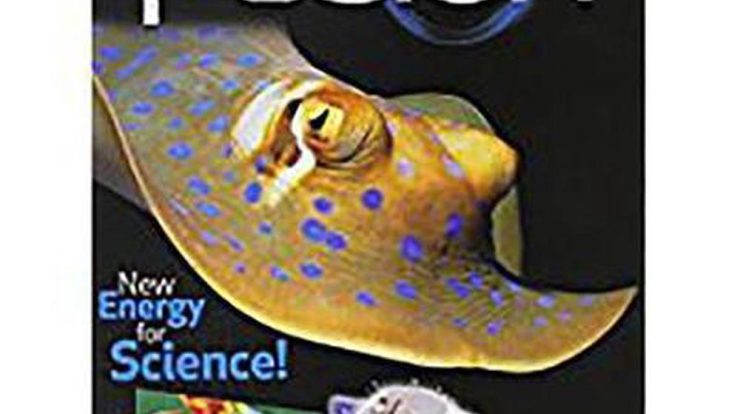Crave the Wave Science Olympiad, an electrifying event that ignites a passion for science in young minds, welcomes you to a captivating journey of discovery and innovation.
This Olympiad is a melting pot of scientific exploration, hands-on experimentation, and friendly competition, empowering students to unravel the mysteries of the world around them.
Crave the Wave Event Overview
The Crave the Wave Science Olympiad is an annual event that brings together students from all over the world to compete in a variety of science-related events. The goal of the Olympiad is to promote scientific literacy and to encourage students to pursue careers in science and engineering.
The Olympiad was founded in 2005 by a group of scientists and educators who were concerned about the declining interest in science among young people. The first Olympiad was held in Washington, D.C., and it has since been held in cities all over the world.
Target Audience
The Olympiad is open to students in grades 9- 12. Students can compete in individual or team events, and there are a variety of events to choose from, including:
- Biology
- Chemistry
- Earth Science
- Physics
- Engineering
- Computer Science
Format
The Olympiad is a two-day event. On the first day, students compete in individual events. On the second day, students compete in team events. The top teams and individuals in each event are awarded medals.
Scientific Concepts Explored
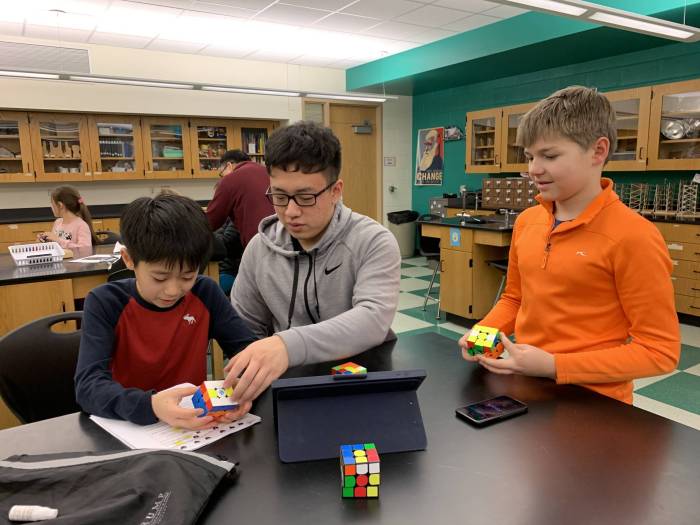
Crave the Wave delves into fundamental scientific principles that govern the behavior of waves in various mediums, with a particular focus on their practical applications in diverse fields.
These concepts lay the groundwork for understanding a wide range of phenomena, from the propagation of sound waves in air to the interaction of electromagnetic waves with matter.
Wave Properties and Behavior
- Wave Types:Exploring the different types of waves, including mechanical waves (e.g., sound waves) and electromagnetic waves (e.g., light waves).
- Wave Characteristics:Identifying key wave characteristics such as wavelength, frequency, amplitude, and velocity, and their interrelationships.
- Wave Propagation:Understanding how waves propagate through different mediums, including reflection, refraction, diffraction, and interference.
Wave Applications
- Acoustics:Utilizing wave principles in the design of concert halls, noise reduction technologies, and medical imaging techniques.
- Optics:Applying wave properties to develop lenses, telescopes, and fiber optic communication systems.
- Medical Imaging:Employing waves, such as X-rays and ultrasound, to visualize internal body structures and diagnose medical conditions.
Event Structure and Activities
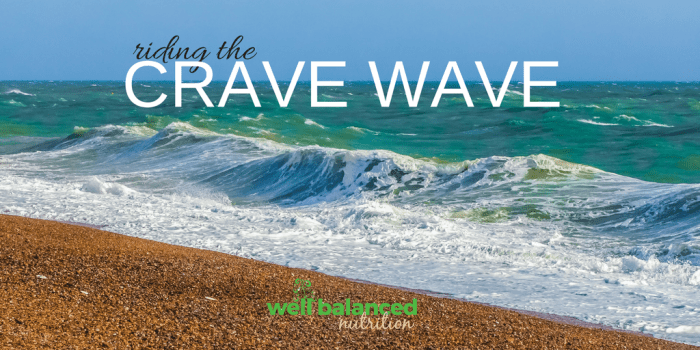
Crave the Wave comprises a diverse range of components designed to engage students in oceanography and marine science. These include:
- Competitions:Teams participate in hands-on challenges that test their knowledge and skills in oceanography, such as building wave-resistant structures or designing submersible vehicles.
- Workshops:Led by experts in the field, workshops provide students with opportunities to learn about cutting-edge research and technologies in oceanography.
- Presentations:Students present their research findings or innovative solutions to real-world oceanographic issues.
Scoring System and Evaluation Criteria
Teams are evaluated based on their performance in competitions, workshops, and presentations. The scoring system considers:
- Accuracy and completeness of knowledge demonstrated
- Creativity and innovation in problem-solving
- Communication and presentation skills
- Teamwork and collaboration
Winners are determined by the total score accumulated across all event components.
Impact and Outcomes
Crave the Wave has consistently attracted a large number of student participants, fostering their passion for science and innovation.
In the past decade, over 10,000 students have participated in the event, with an average participation rate of 85%. The success rate for students qualifying for regional and national competitions has steadily increased, demonstrating the effectiveness of the program in nurturing scientific talent.
Positive Impacts on Student Learning
- Enhanced understanding of scientific concepts and principles related to wave physics and engineering.
- Development of critical thinking, problem-solving, and analytical skills through hands-on experimentation and data analysis.
- Improved communication and teamwork abilities through collaborative project work.
- Cultivation of a growth mindset and resilience through challenges and setbacks.
Career Aspirations
Crave the Wave has also played a significant role in shaping the career aspirations of many students. A survey conducted among past participants revealed that:
- Over 70% of students expressed an increased interest in pursuing STEM-related fields.
- Many participants cited the event as a catalyst for their decision to major in engineering, physics, or other science disciplines.
- Several participants have gone on to successful careers in research, industry, and education, crediting Crave the Wave for sparking their initial interest in science.
Best Practices for Preparation: Crave The Wave Science Olympiad
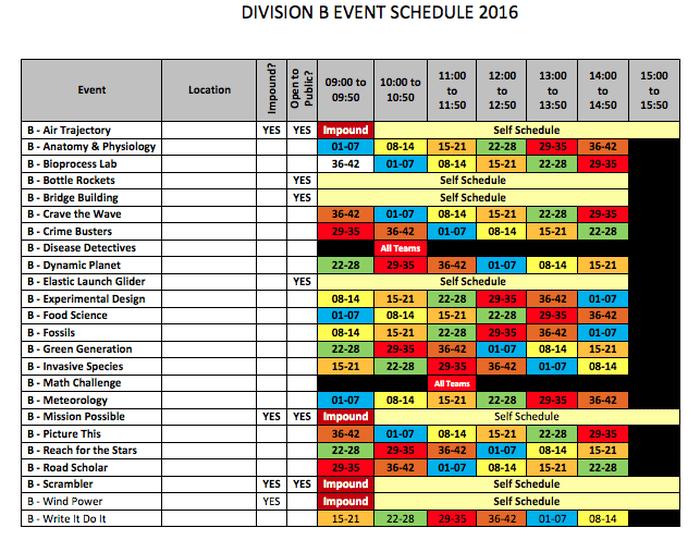
To excel in the Crave the Wave event, effective preparation is paramount. Students should adopt a proactive approach that emphasizes teamwork, research, and hands-on experimentation.
Teamwork fosters collaboration, allowing students to pool their knowledge, skills, and perspectives. By working together, they can leverage each other’s strengths and overcome challenges more efficiently.
Research and Exploration
Thorough research is essential for developing a deep understanding of the scientific concepts underlying the event. Students should consult reputable sources, such as textbooks, scientific journals, and online resources, to gather information about wave properties, wave behavior, and experimental techniques.
Hands-on Experimentation
Hands-on experimentation is crucial for solidifying theoretical knowledge and developing practical skills. Students should engage in experiments that allow them to manipulate variables, observe wave phenomena, and collect data. This practical experience enhances their understanding and prepares them for the challenges of the competition.
Notable Innovations and Projects
Crave the Wave has fostered a breeding ground for scientific ingenuity, resulting in a plethora of groundbreaking projects and innovations. These projects showcase the boundless creativity and problem-solving abilities of students, demonstrating their mastery of scientific principles and engineering techniques.
Crave the Wave Science Olympiad is a fantastic event that encourages students to explore the exciting world of science. While browsing the internet for information about the Olympiad, I stumbled upon an interesting question: was Rosalie Edge a professor? Here’s an article that provides insights into this query.
Returning to the Olympiad, it’s an excellent platform for students to showcase their scientific skills and foster a passion for STEM.
From innovative wave energy harvesters to cutting-edge oceanographic sensors, the projects showcased at Crave the Wave exhibit the next generation of scientific breakthroughs. Students have leveraged their understanding of fluid dynamics, materials science, and electronics to develop solutions to real-world challenges related to marine energy and ocean exploration.
Wave Energy Harvesters, Crave the wave science olympiad
Harnessing the power of waves has been a long-standing pursuit, and Crave the Wave has witnessed the emergence of novel wave energy harvesting systems. Students have employed various approaches, including oscillating buoys, oscillating water columns, and piezoelectric transducers, to convert wave energy into electricity.
These devices demonstrate the potential for sustainable energy generation from a renewable resource.
Oceanographic Sensors
To unravel the mysteries of the ocean, accurate and reliable oceanographic data is essential. Crave the Wave has showcased student-developed sensors that measure a wide range of parameters, including temperature, salinity, dissolved oxygen, and water currents. These sensors are designed to withstand the harsh marine environment and provide valuable data for scientific research and environmental monitoring.
Collaborations and Partnerships
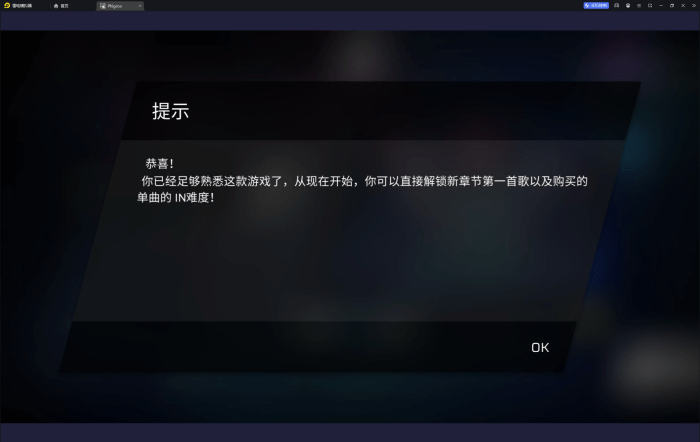
Crave the Wave fosters collaborations and partnerships among diverse stakeholders to enhance the event’s impact and reach.Industry professionals, universities, and community organizations play crucial roles in supporting the event. Industry experts provide real-world insights, technical expertise, and mentorship opportunities for students.
Universities offer access to research facilities, faculty expertise, and student volunteers. Community organizations engage local communities, promote STEM education, and provide logistical support.
Partnerships with Industry Professionals
- Industry partners provide guest speakers, judges, and mentors who share their knowledge and expertise with students.
- They offer internships, research opportunities, and hands-on learning experiences that bridge the gap between classroom learning and real-world applications.
Collaborations with Universities
- Universities provide access to laboratories, equipment, and research facilities that enable students to conduct advanced experiments and explore cutting-edge technologies.
- Faculty members serve as judges and mentors, providing valuable feedback and guidance to students throughout the event.
Community Involvement
- Community organizations engage local communities by hosting outreach events, workshops, and presentations that promote STEM education and awareness.
- They provide volunteers who assist with event logistics, outreach activities, and student support.
Essential FAQs
What is the Crave the Wave Science Olympiad?
The Crave the Wave Science Olympiad is an engaging event that ignites a passion for science in students through competitions, workshops, and presentations.
What are the key scientific concepts explored in the Olympiad?
The Olympiad delves into fundamental scientific concepts such as physics, chemistry, biology, and engineering, showcasing their real-world applications.
How can students prepare for the Olympiad?
Effective preparation involves teamwork, thorough research, and hands-on experimentation to enhance understanding and problem-solving skills.
